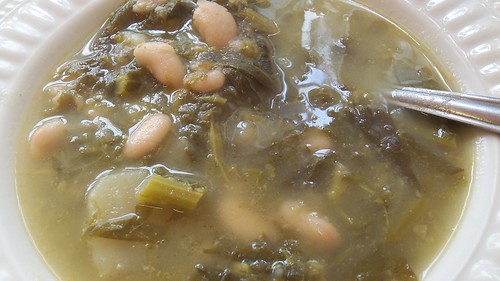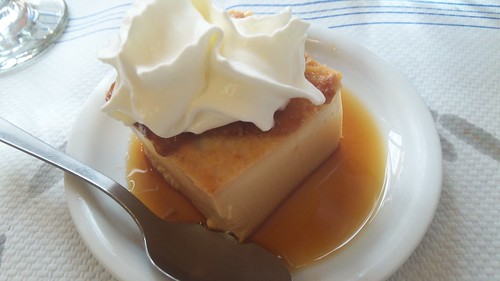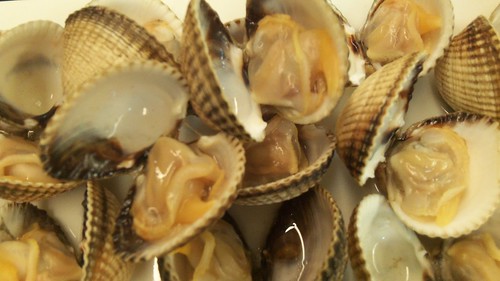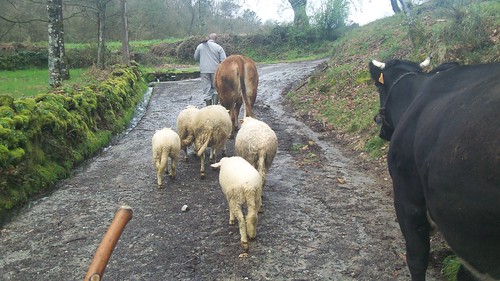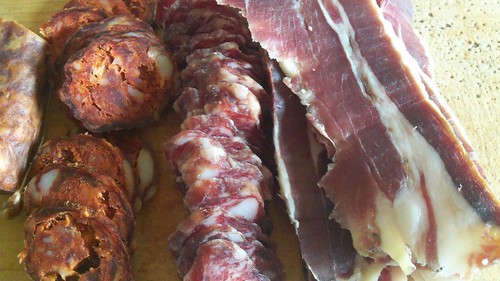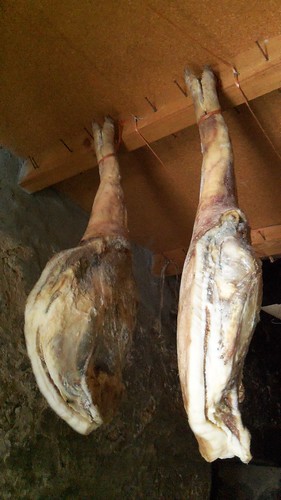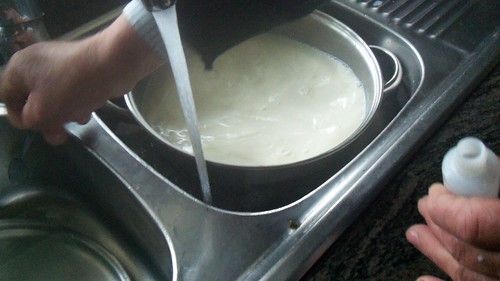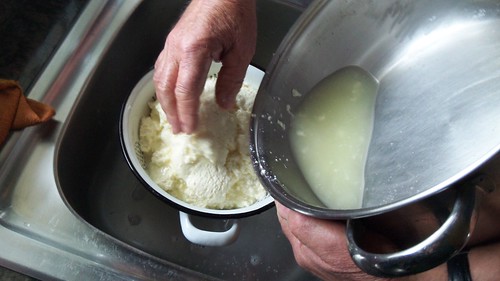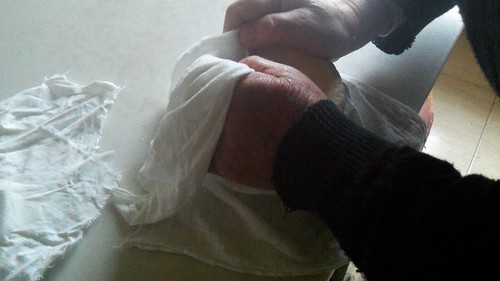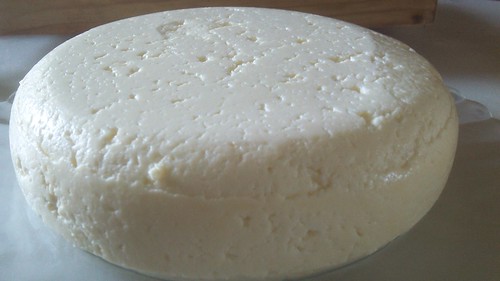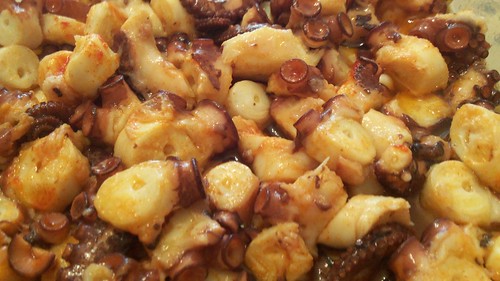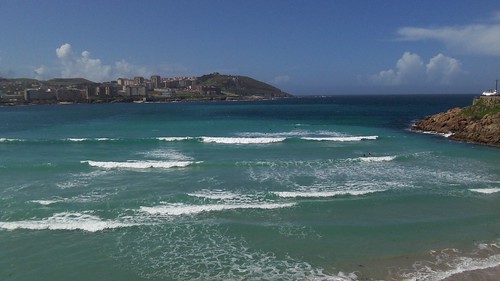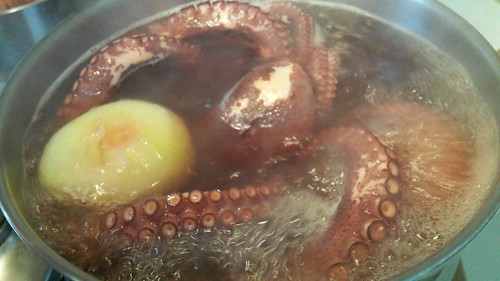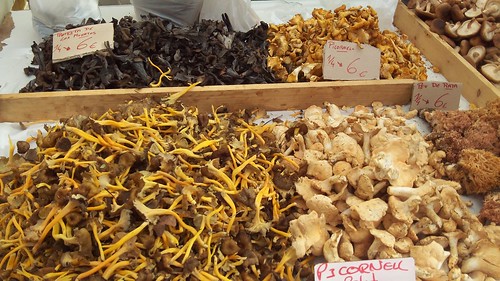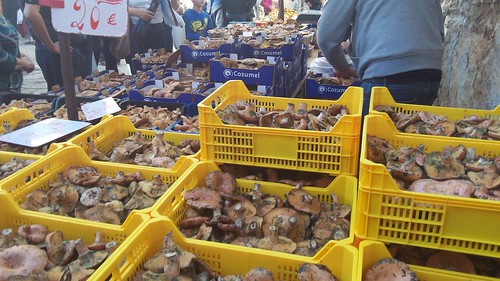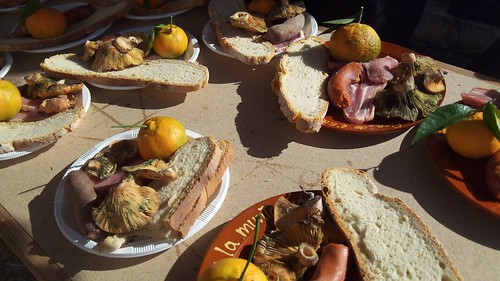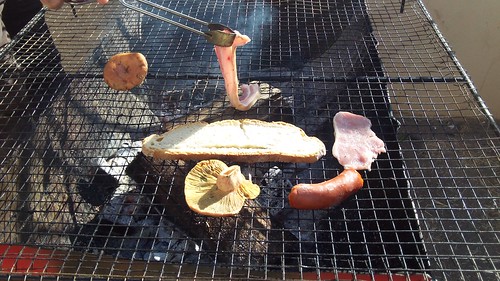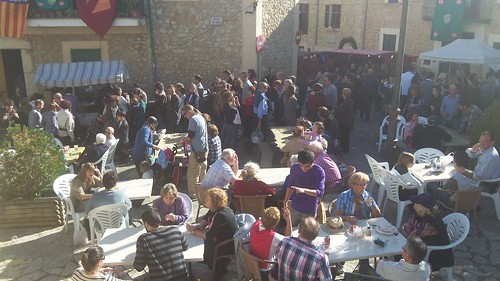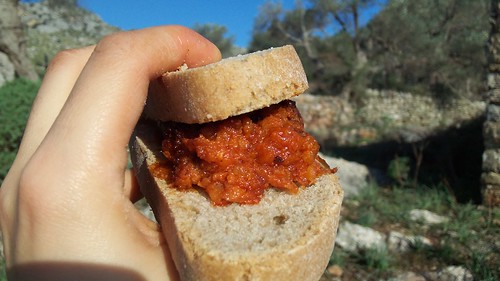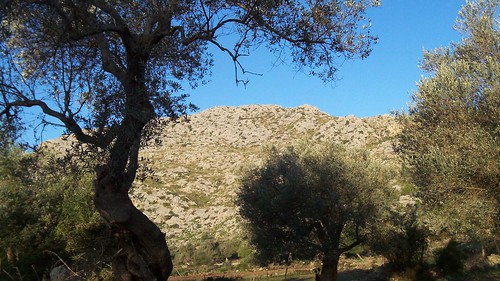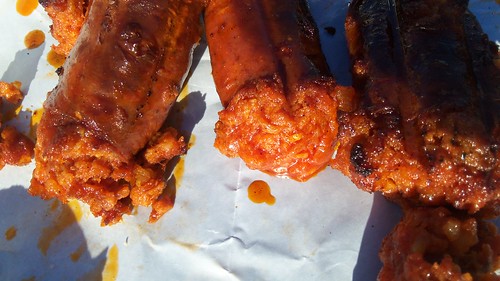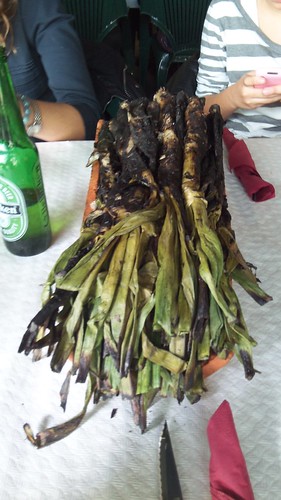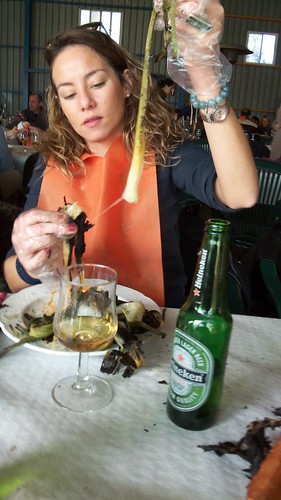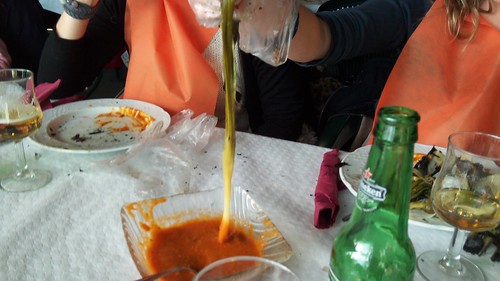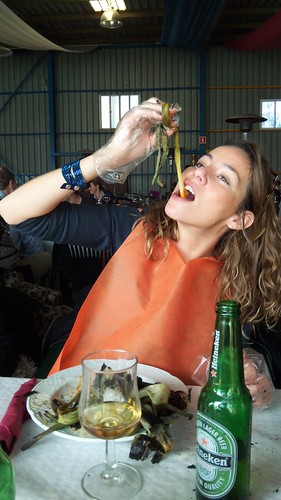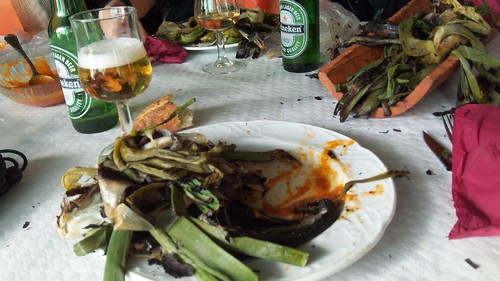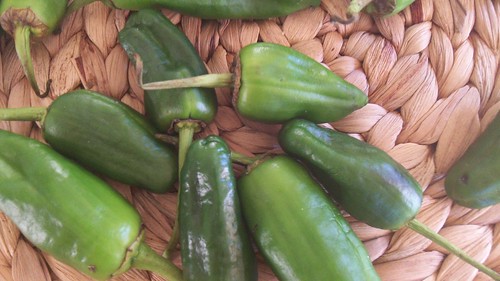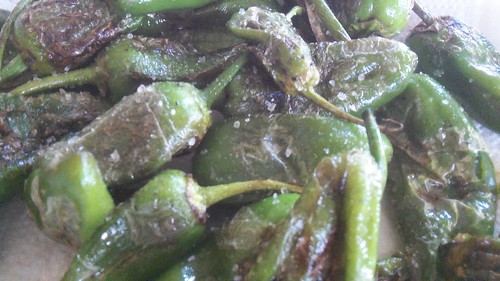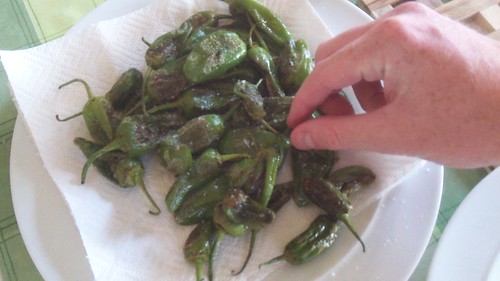With an address in my hand and a rucksack on my back I
waddled out of A Coruña bus station and sought the help of the nearest granny.
I asked her if the number 1a would take me to the city centre. Like a magnet I
began to draw in grannies from all corners, fighting to help me. On the bus,
when one granny got off, another took her place at my side. This continued
until to a chorus of aqui! aqui!
(here! Here!) I got off the bus only for the relay to be picked up by a passer -by
who chaperoned me to the door of my hotel. I either have a disturbingly
helpless face, or this city is full of kind hearted people. I am hoping it is
the later, as nothing is better than the kindness of strangers.
Hotel Lois smart and chic and situated perfectly in the slim intersection
between the beach and the port. In A Coruña the beautiful ocean breathes a sigh
of calm through the city. I drifted out and walked the city for the first time
on my own. It was earlyish but my eyes were drawn to Café Comba. 1) it had a menu
del dia for £7.50 2) there were bottles of wine ready on the tables 3) people
were already eating at half one. Before I could take a seat the waitress reeled
off the menu, shouting back to the cook as she went. I chose caldo, a Galician staple. Within
minutes a large metal bowl was placed in front of me with a ladle, serve
yourself. These menus are often something of an honesty bar situation. Ask for
wine and an entire bottle is placed before you, drink a glass or the lot, da igual (it’s the same). The soup, a
meaty broth bobbing with beans and
grellos (Galician turnip greens) was comforting and filling. It arrived at
the same time as a small elderly woman asked if she could sit with me. As I accepted
she wished me que aproveche (enjoy
your food).
Through the courses we shared reflections on our food, the waiters
and then her time in Paris as an artist and well, life in general. Our seconds
arrived, carne asada for me, roast pork that slipped of the bone, heavenly and
unbelievable for the price. Fina was so content with her merluza (hake), she took a restaurant card to give to her Russian
neighbour. At 7.50 euro for three courses it beggared belief. After homemade
flan Fina and I continued the conversation along the beach, all the way to her
apartment, through her studio where we looked at her art and right back to the city, until I was too tired to go on. What a powerhouse, at eighty she out
walked me, out thought me, but didn’t quite out eat me. That afternoon, life
felt like a movie.
The movie reel kept turning when back at the hotel Senor
Pepe invited me to have a bite in the hotel restaurant. For a minute I was
compromised, had I been confused as a restaurant reviewer? The seafood on
display solved that moral issue for me and I showed up at nine with my camera
and a notebook. Little plates started rolling out from the kitchen, an
excellent selection of what Galicia has to offer. Treats like feather light
croquetas of hake (the best I’ve ever had) and spider crab mousse displayed technical
skill, but Marie the chef knows when you have stellar natural ingredients you
barely need mess with them. Berberechos
al vapor, cockles steamed just enough to open, were explosions of
freshness, juicy and light with a punch of the sea. As I finished the
gorgeous tarta de abuela (grannies
tart) Marie told me her love of food started by cooking with her grandparents,
and it showed. As I left she said ‘siempre
tienes una casa aqui’ (you always have a home here).Inside I was glowing
and I don’t think it was only from the amazing food.
And so from A Coruña my journey in Galicia began. A green
land where people still know how to grow, fish and make their own food. Where I’ve
given up listing every foodstuff they do excellently, even the basics of bread
and wine are art forms here. Most importantly where each day I was reminded how
decent and kind people are.
Fork notes:
- I walked the Camino de Santiago. It’s the best thing I’ve ever done. If you can, do it!
- Las Islas Cies are spectacular, even for a day it is worth venturing to Vigo and hopping on a ferry.
- Eat; pulpo, grellos, bread, empanada, seafood (parillada de marisco), churrasco.
- Drink; Estrella de Galicia beer, especially a bottle called 1906, any local wine.



